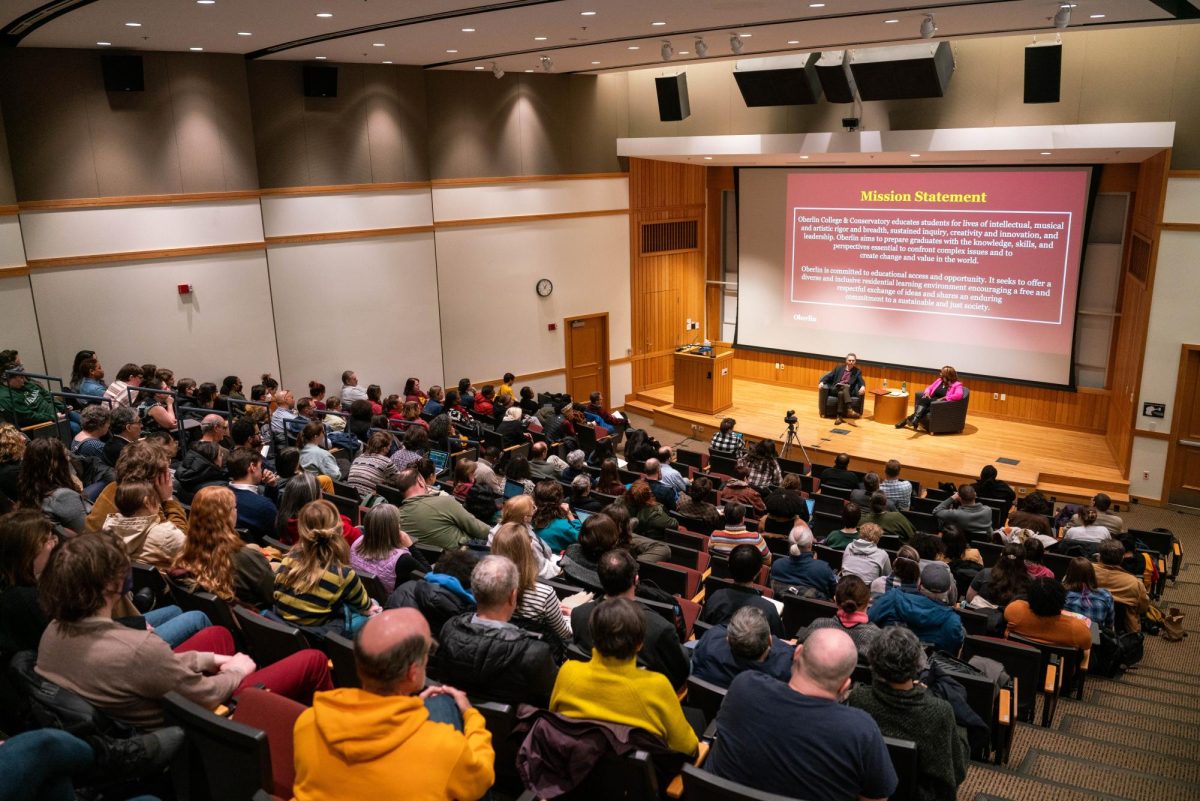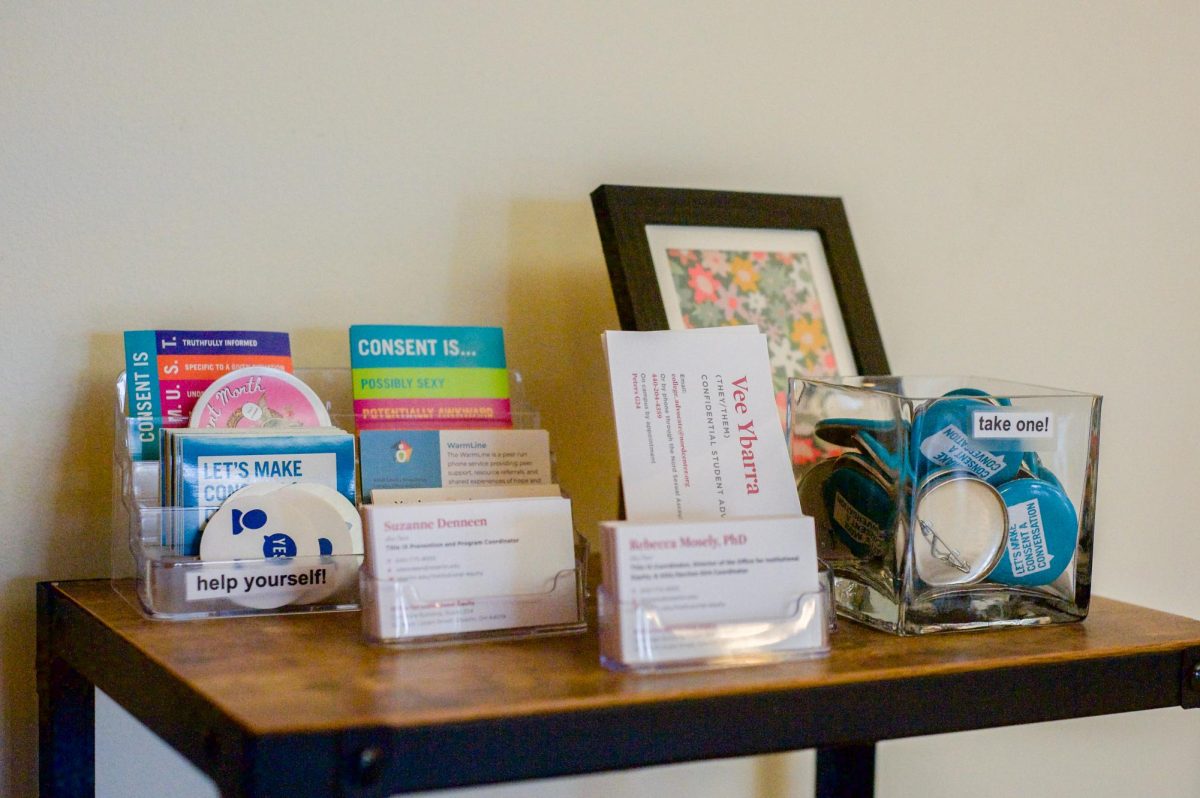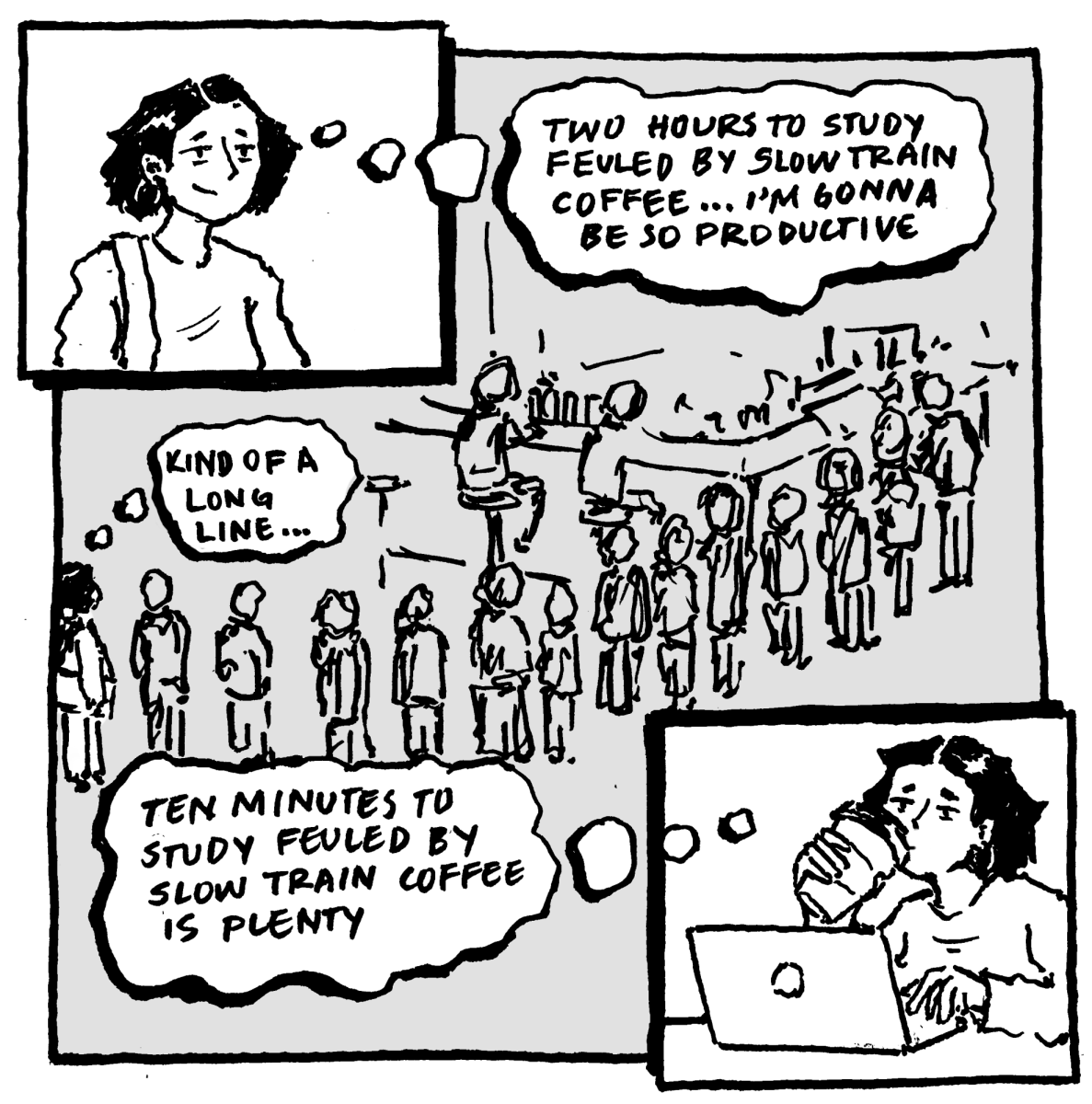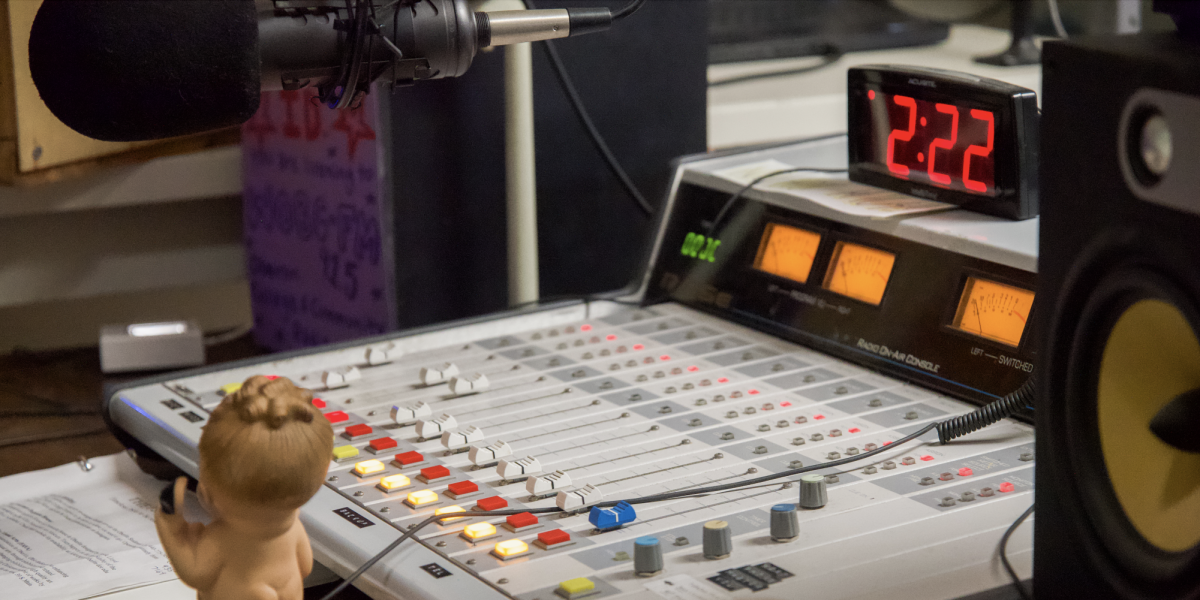Textbook Prices Reduce Course Accessibility
November 4, 2016
When I decided not to buy the 9th edition of Quantitative Chemical Analysis this semester, I saved money but bought myself more hassle. Unwilling to buy the book used from Amazon for $146 or rent it from the bookstore for around $90, I purchased the 8th edition, hoping it would be similar enough to use. I was wrong.
Students are familiar with this trick: Publishers make minor changes to a textbook from edition to edition, leaving the content mostly unchanged but reordering chapters and problems. When a professor assigns readings by page range or problems by number, the former edition is useless, forcing students to buy the most recent version for prices that often exceed $200. This poses a serious accessibility issue for the many students who cannot afford to spend so much on a book they will only use for a few months. Professors often announce required materials at the beginning of the semester with no mention of the cost or alternatives, assuming that all students will be able to acquire their own copies.
Estimates show that college students typically spend between $500 to $1,200 a year on textbooks. According to NBC’s analysis of data from the Bureau of Labor Statistics, textbook prices have risen over 1,000 percent since 1977. This is triple the rate of inflation and even outmatches rates of increasing prices in the healthcare and housing markets.
These prices are possible because the textbook industry is different from other markets in that the basic economic forces of free choice and competition don’t act quite as they should. If I need to pick up toilet paper, for instance, I will go to the store and explore my options, probably buying whatever is cheapest, regardless of quality. Now, let’s imagine that it’s my roommate’s turn to buy toilet paper for the house. Not having to pay for it myself, I demand that she pick up lush, expensive two-ply. In fact, I tell her, if she buys single-ply I’m going to lock her out of our bathroom. She can use the bathroom in the dorm across the street for the rest of the semester.
A similar force governs the textbook industry in that a few people, namely professors, are making decisions about what others should buy. I have no doubt that Oberlin professors make this decision with the utmost concern for my education, if not for my wallet. After all, what’s a couple hundred dollars when tuition plus room and board is over $60,000? But this does nothing to drive down the price of textbooks. Particularly for specialized, upper-level classes, publishers can hike up prices as much as they want when their book is preferred in the field. Additionally, competition is limited because 80 percent of the market is controlled by only five publishing companies.
Just as I would never actually lock my roommate out of our bathroom for buying low-grade toilet paper, I know that my professors don’t want to make their classes inaccessible to students without the textbook. But the barriers are significant. I am thankful that the Science Library has a current copy of Quantitative Chemical Analysis on reserve. However, many of my classmates apparently also decided not to buy the book, since it is checked out roughly half the time I need it.
There are ways that both the College and faculty can help students avoid onerous textbook prices. Multiple copies of popular textbooks could be purchased for Mudd library as well as the Science Library. Science books tend to be the most expensive and therefore the ones students are least likely to acquire themselves, but currently they’re all kept in the Science Library, which closes earlier and opens later than Mudd. While it was undoubtedly time-consuming for them, some of my favorite professors have provided page and problem numbers for both the current edition and the previous. Even better are professors who scan the necessary pages and post them on Blackboard. It’s time that colleges stop enabling publishers that exploit students who already shoulder an undue financial burden.






















